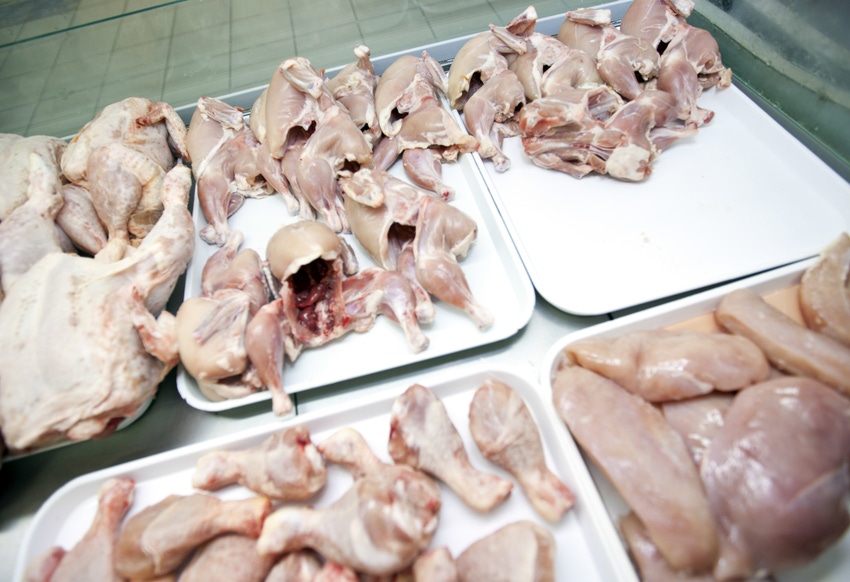Rising dark chicken meat demand creating opportunities
Industry stands to benefit from more diversified profit pool that includes both white and dark meat.

Evolving U.S. demographics are shifting consumer preferences from white meat chicken to dark meat, presenting the chicken industry with an opportunity to diversify its profit centers, according to a new report from CoBank’s Knowledge Exchange division. Advances in mechanical deboning technology, the report said, have allowed U.S. chicken producers to capture the emerging demand while addressing an ever-present labor shortage.
According to CoBank, two key and changing demographic drivers are behind the slow but steady shift in U.S. demand from white to dark chicken meat: age and ethnicity. Millennials are projected to surpass Baby Boomers in 2019 as the largest living adult generation in the U.S. As Baby Boomers age, their consumption of meat, including white chicken meat, is declining.
At same time, however, Millennials are now hitting their stride in income, spending power and meat consumption. CoBank said they grew up with international dining options that often featured dark meat as the chicken ingredient of choice.
Further, CoBank pointed out that Latino and Asian populations are growing in the U.S., and the cuisines of these cultures typically use dark meat rather than white meat chicken.
“Thirty-five years ago, Latino and Asian people in the U.S. made up 10% of the population, but that has grown to about 25% today. By 2065, these two groups are expected to account for nearly 40% of the U.S. population,” the bank said.
As these populations continue to grow in the U.S., so will the demand for dark meat chicken, the report suggested.
“The shifting consumer demand is driving a corresponding increase in the value of dark meat and the decline in white meat value,” CoBank animal protein economist Will Sawyer said. “Since 2000, chicken breast’s share of the value of the bird has dropped from 66% to just 45%, while the value of chicken legs has increased dark meat’s share from 12% to near 30%.”
The report also said advances in whole leg deboning technology have improved yields but require just half the labor of hand deboning.
“In the face of increasing labor costs and decreasing availability of labor, mechanical alternatives are now financially viable,” the report said.
Chicken processing costs rose approximately 15% in the last decade and continue to grow, largely driven by labor costs, which typically account for half of the total processing cost. As a result, Sawyer said adoption of this new technology is likely to expand further.
While chicken is currently the U.S.’s most exported protein — totaling more than 3 million tons annually — exports have been challenged in the last few years due to headwinds from a stronger U.S. dollar and the loss of exports to Russia and China, the report noted. The changing demographics of the U.S. and growing demand for dark meat, however, will likely mean that more chicken legs remain in the U.S., CoBank added.
“These trends are helping dark meat grow as an additional profit center for U.S. producers,” Sawyer said. “A more diversified profit pool, including both white and dark meat, will help the U.S. chicken industry weather volatility in feed costs, consumer demand and trade.”
About the Author(s)
You May Also Like





